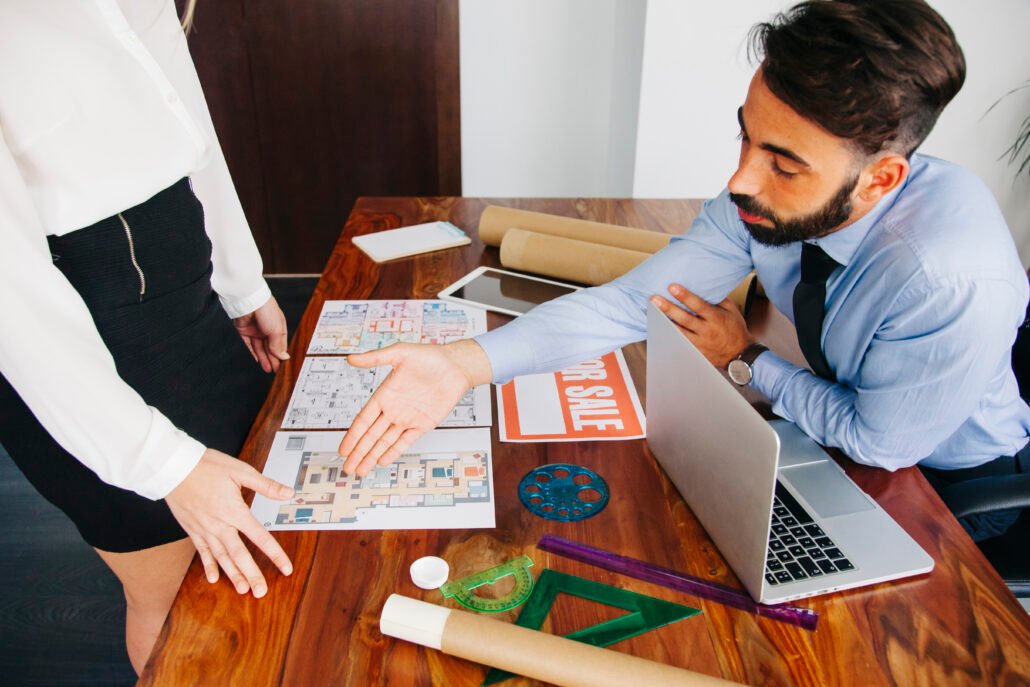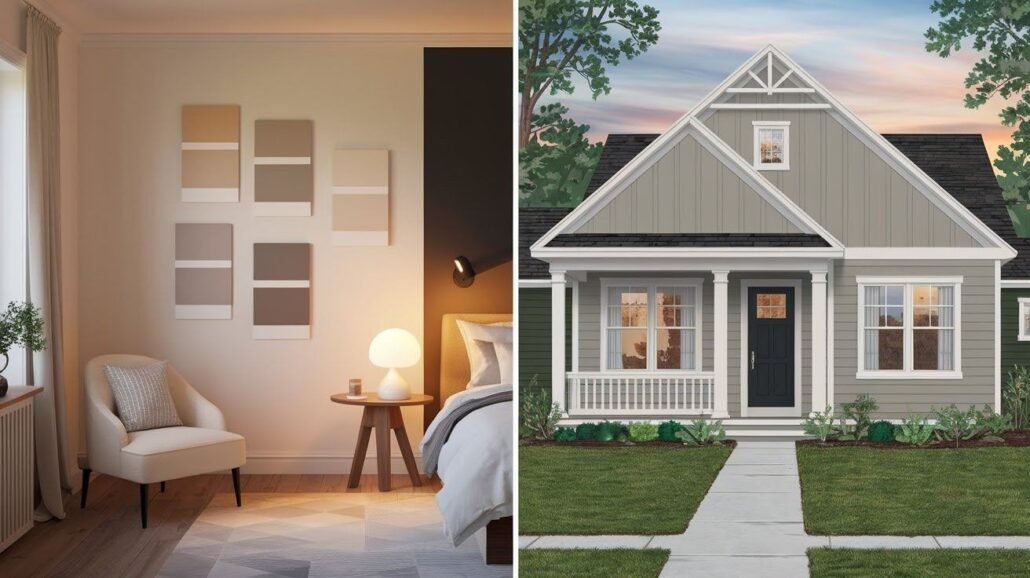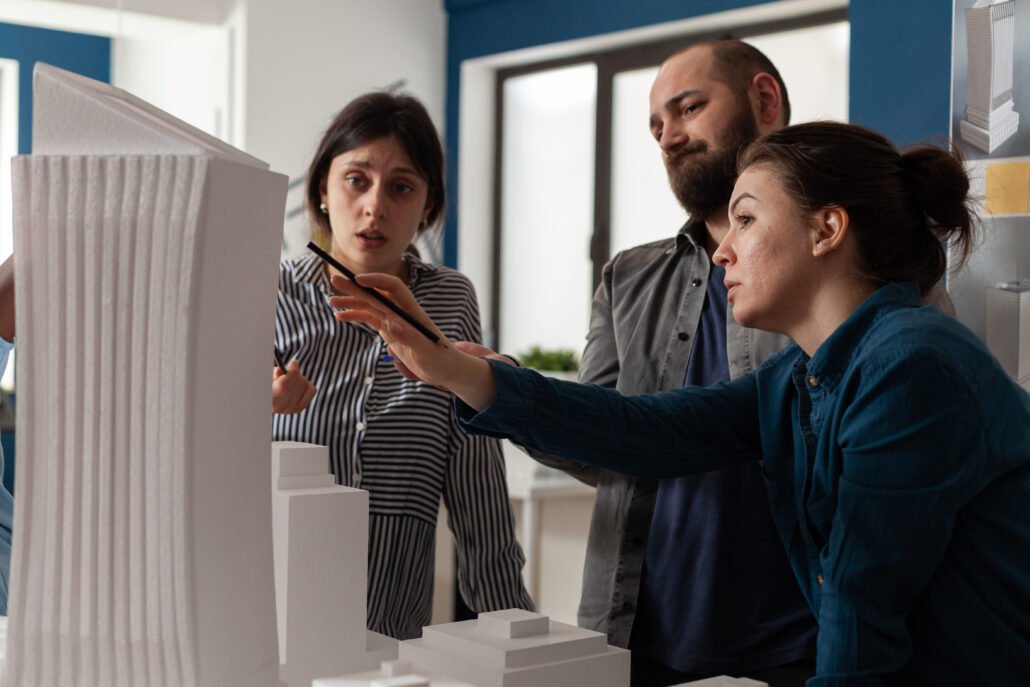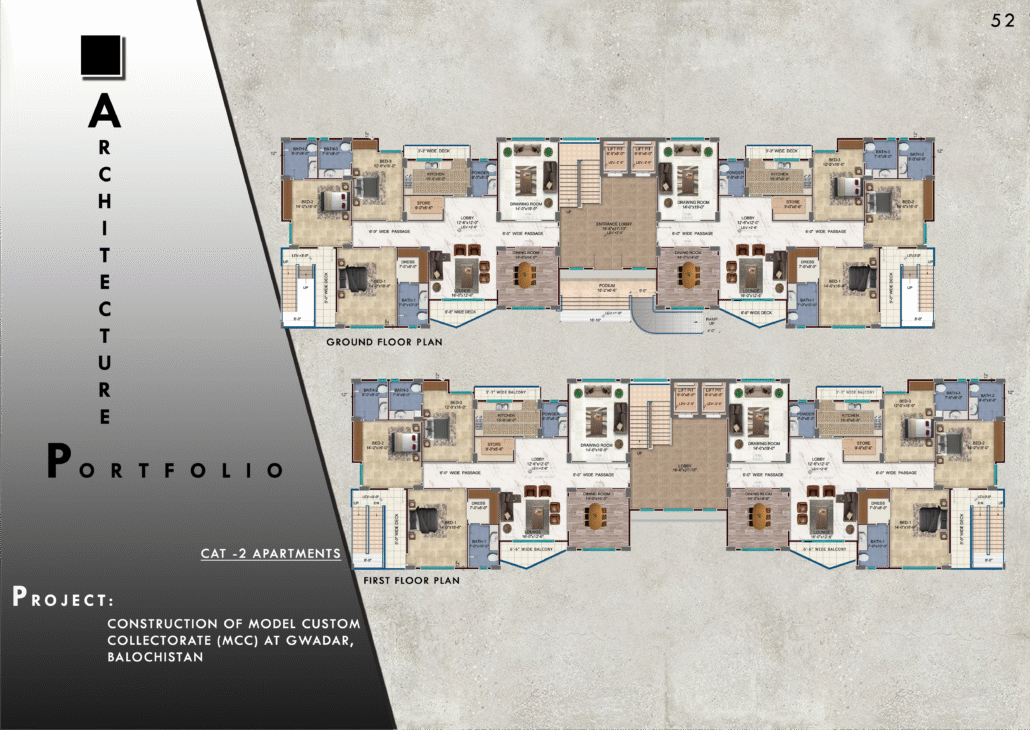Good design investment goes far beyond aesthetics. It shapes how we live, feel, and experience spaces every day. In architecture, thoughtful design isn’t just an expense—it’s an asset that grows in value over time.
Function Meets Aesthetics
Aesthetic harmony—through proportion, light, and material selection—creates emotional connection and enhances everyday experience.
Long-Term Financial Value
Investing in good design often increases property value. Buyers and tenants are drawn to well-planned spaces with quality finishes and efficient layouts. Over time, such properties command higher resale and rental rates.
Energy Efficiency and Maintenance Savings
A well-designed building reduces energy consumption through smart orientation, ventilation, and insulation. Features like solar panels, double-glazed windows, and passive cooling systems can cut utility bills drastically.
Enhancing Well-being and Productivity
Good design impacts mood and performance. Natural light, fresh air, and ergonomic planning create healthier environments at home and work. People feel more focused and energized in spaces designed for comfort and flow.
Workplaces designed with these principles often see higher productivity and satisfaction levels.
Emotional and Social Value
Beyond numbers, good design builds pride and identity. A well-crafted home reflects personal values and lifestyle, while a public building can strengthen community connection.
Architecture is emotional—it tells a story about who we are and what we value. That sense of belonging is priceless.
Final Thoughts
A good design investment is not about spending more—it’s about designing smarter. It delivers long-term rewards in comfort, sustainability, and financial growth.







